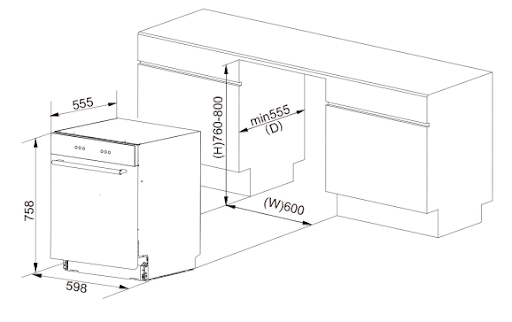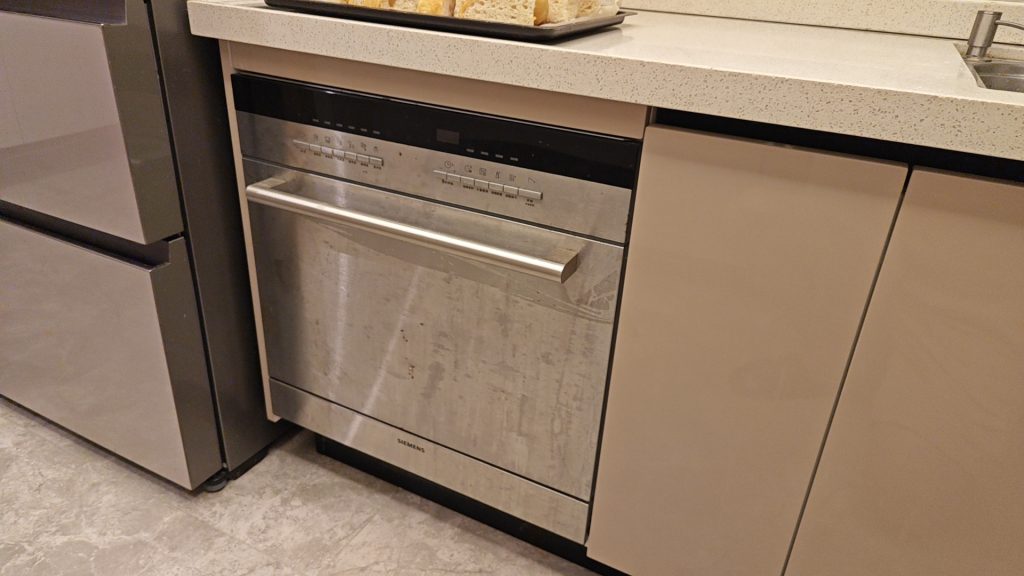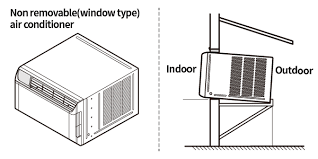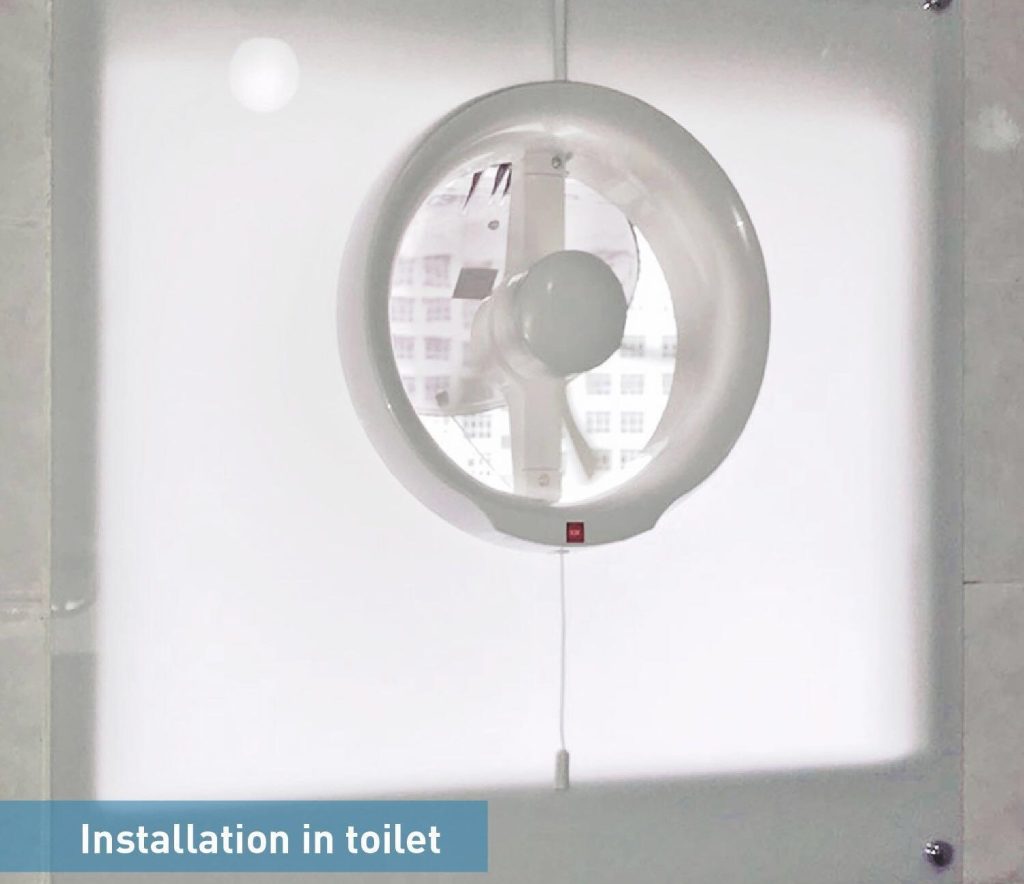Clause 3 – How to understand the definition of “built-in appliance”
built-in appliance: fixed appliance intended to be installed in a cabinet, in a prepared recess in a wall or in a similar location.
Here, because the appliance must be installed in a reserved position (usually a cubic space with only one side open), it is a fixed installation and can be regarded as a fixed appliance.
The installation method shown in the following dishwasher installation diagram and the photos after installation is a typical built-in appliance. Similar products such as ovens, refrigerators, and dishwashers are also designed with built-in installation construction.


There has always been a controversy, if it is an appliance that is installed through the wall, such as an exhaust fan, window air conditioner (as shown below). Are they also built-in appliance?


They are also installed in a pre-prepared position. Judging from the definition, the standard seems to mean that this reserved installation position is not through-type. However, from the perspective of installation effect and use effect, they are quite similar. According to the requirements of clause 7.12.4 on instruction for built-in appliances, these are actually also applicable to the through-type installation products we mentioned. In order to better ensure the safety of the products, it is safer to define them as built-in appliances.